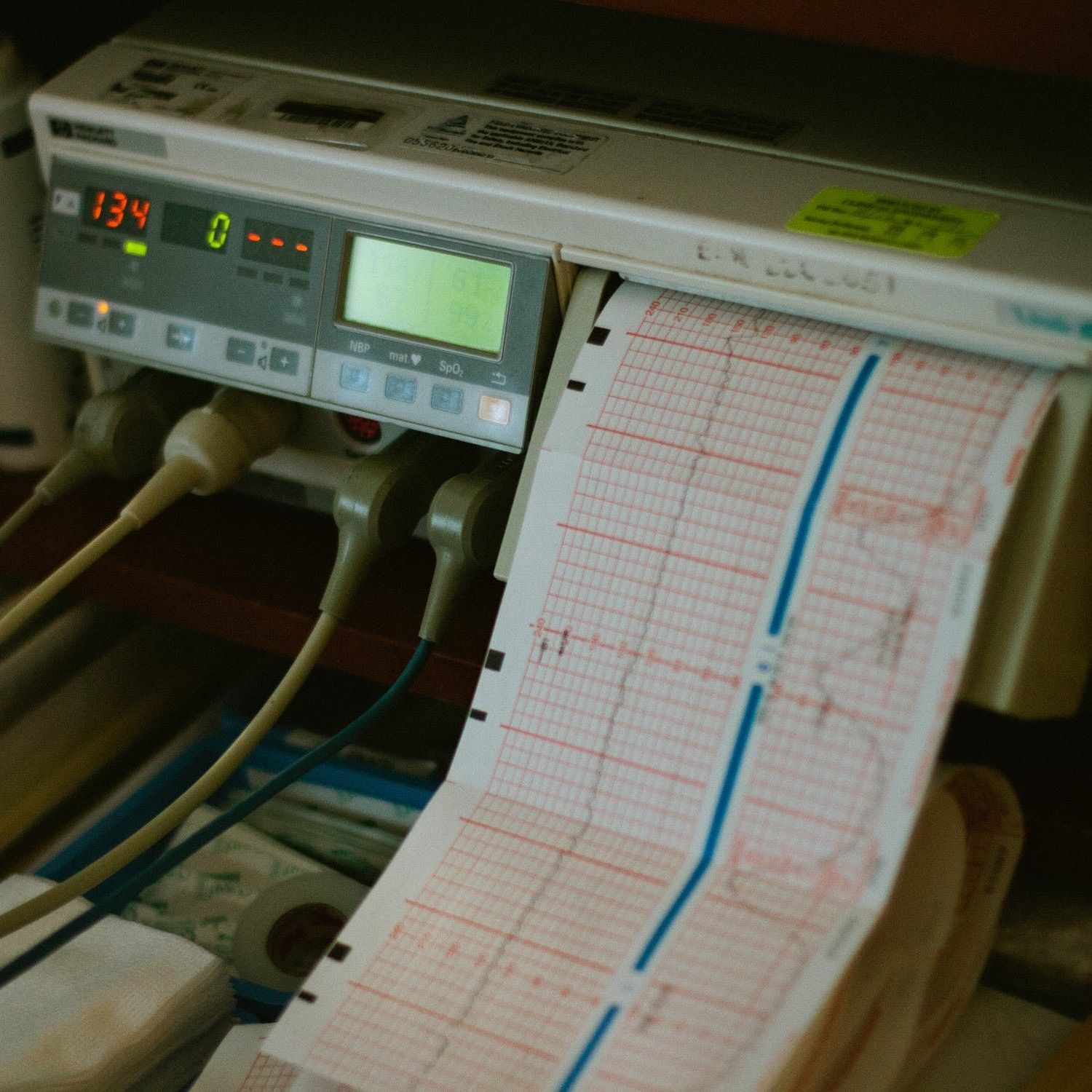Severe Sickle Cell Anemia May Increase Risk for Cardiovascular Abnormalities
All patients with severe disease had abnormal ECG readings.

A new study demonstrated a relationship between severe forms of sickle cell anemia (SCA) and electrocardiographic (ECG) abnormalities.
The cross-sectional, observational study was conducted in a medical outpatient clinic in a teaching hospital in Nigeria.
“[ECG] is an affordable and relatively accessible non-invasive procedure used to assess cardiac structure and function,” the investigators wrote. “Several studies have observed abnormal electrocardiograms in SCA patients.”
However, they noted, few studies have demonstrated in depth intersections between ECG readings and SCA severity.
“This may be because there is no universal system used to determine the severity of SCA,” they indicated.
The Study
As such, they sought to assess the cardiac function among individuals with SCA using ECG. Disease severity was confirmed using clinical and laboratory parameters.
Of the population (n = 120), half had sickle cell anemia, as diagnosed by electrophoresis. Patients who were pregnant or were in acute crisis with SCA were excluded from the study. The other half of the population included healthy age and sex-matched controls.
The age of the patient population ranged from 18-35 years with comparable characteristics between the 2 groups.
In the sickle cell group, SCA severity scores ranged between 7 – 24, with a mean of 14.5. Further, a majority of patients (65%) had severity scores indicative of moderate SCA.
“[Electrocardiographic] mean values were observed to increase with each severity group, apart from the PR interval,” the investigators reported. “These findings were statistically significant for only the [corrected QT interval] QTc interval and QTc dispersion (P = .003 and P = .002, respectively).”
The team also found that mean reticulocyte count was significantly lower in the mild severity subgroup, compared with a significantly higher count in the severe SCA subgroup (r = 0.442; P = .000)
“As the severity of SCA increased, the proportion of SCA patients with abnormal ECG tracings also increased,” they wrote. “All patients with severe disease had abnormal ECG tracings. Sinus tachycardia [P = .024), prolonged QTc [P = .027), and presence of ST-segment and T-wave abnormalities [P = .018] occurred in significant proportions of the study subjects with moderate and severe SCA severity scores.”
There were positive correlations between level of severity and age, P-wave duration (r = 0.327; P = .011), P-wave dispersion (r = 0.272; P = .036), QRS dispersion (r = 0.298, P = .021), QTc interval (r = 0.332; P = .010), and QTc dispersion (r = 0.347, P = .007).
And finally, differences in the hematological and electrocardiographic parameters were significantly different between the sickle cell and healthy groups.
“These findings may suggest that severe SCA is associated with cardiovascular abnormalities like left atrial abnormality, intraventricular conduction abnormalities, increased risk of arrhythmias, and sudden death,” the investigators concluded.
The study, “Relationship Between Disease Severity and Resting Electrocardiograms of Adults with Sickle Cell Anemia in a Tertiary Institution in Southern Nigeria,” was published online in Cureus.